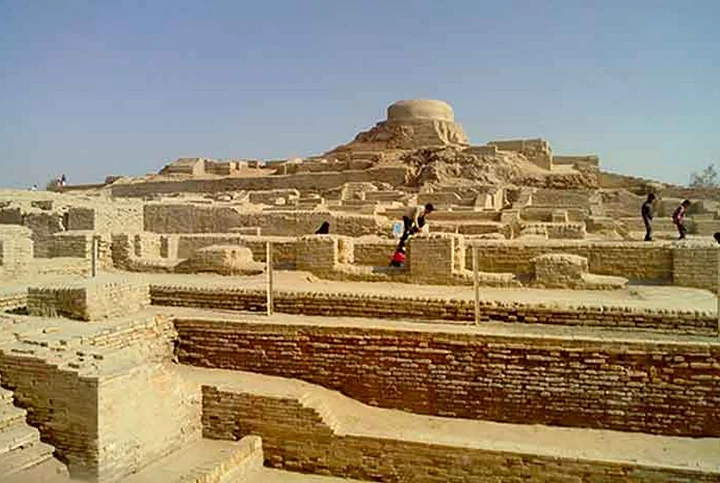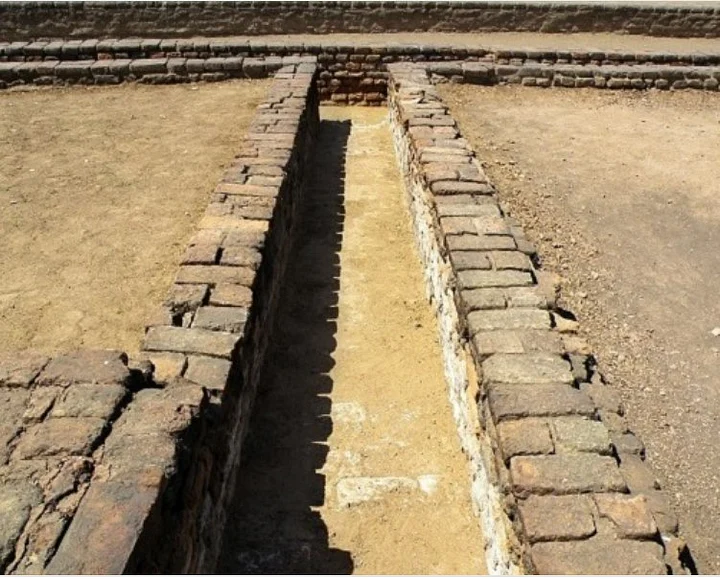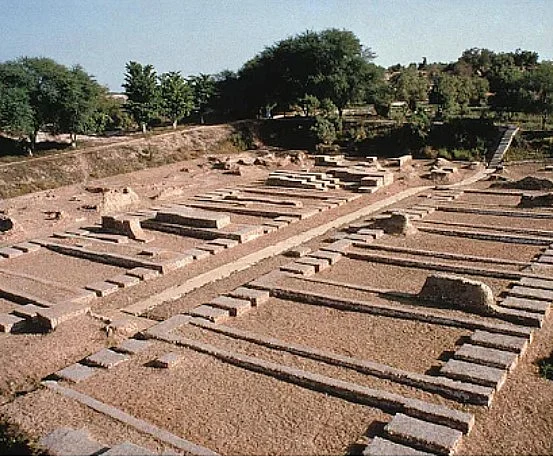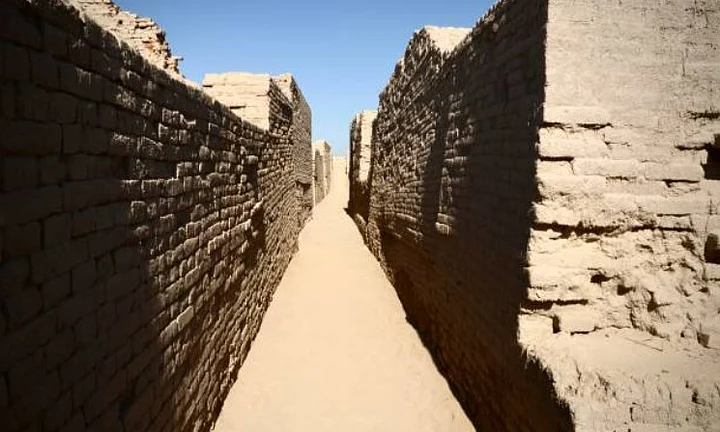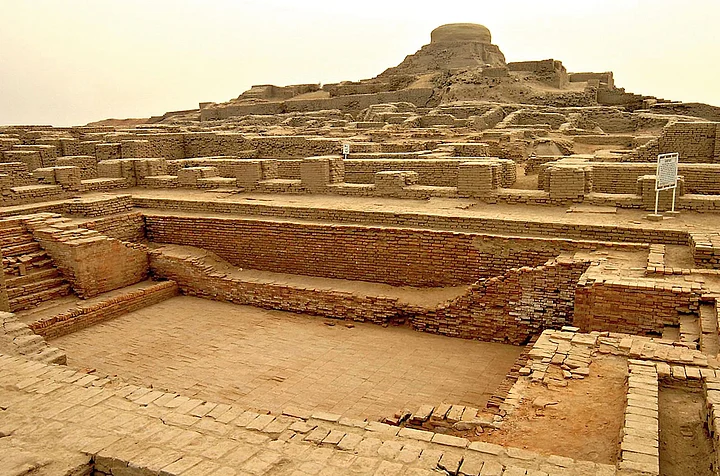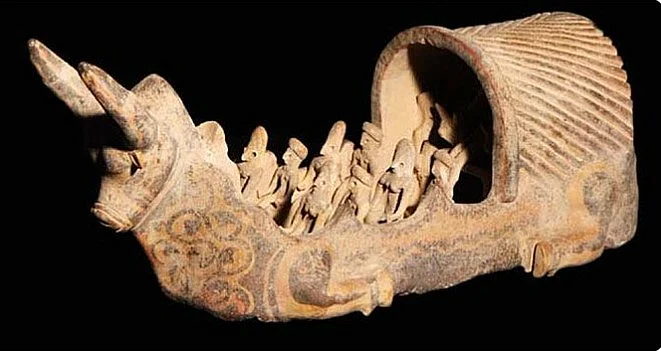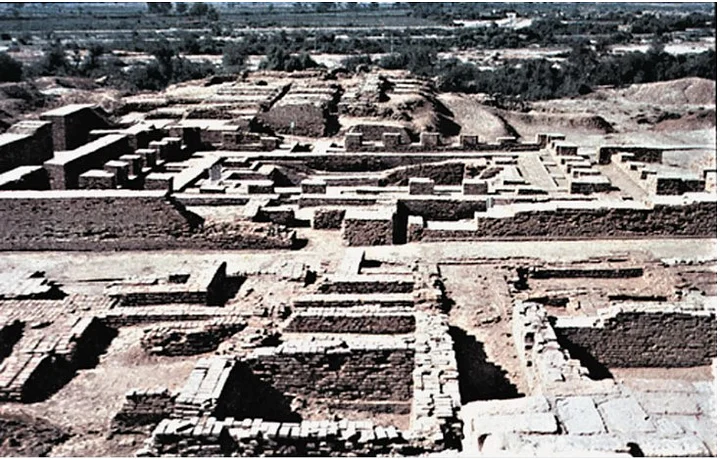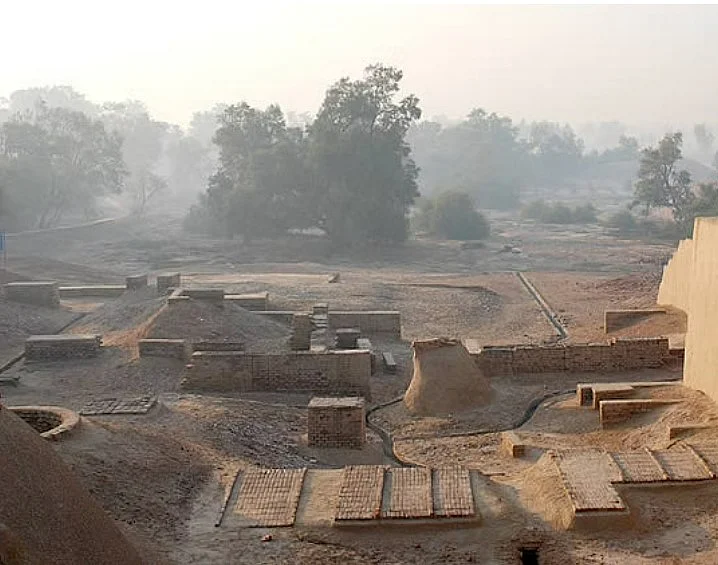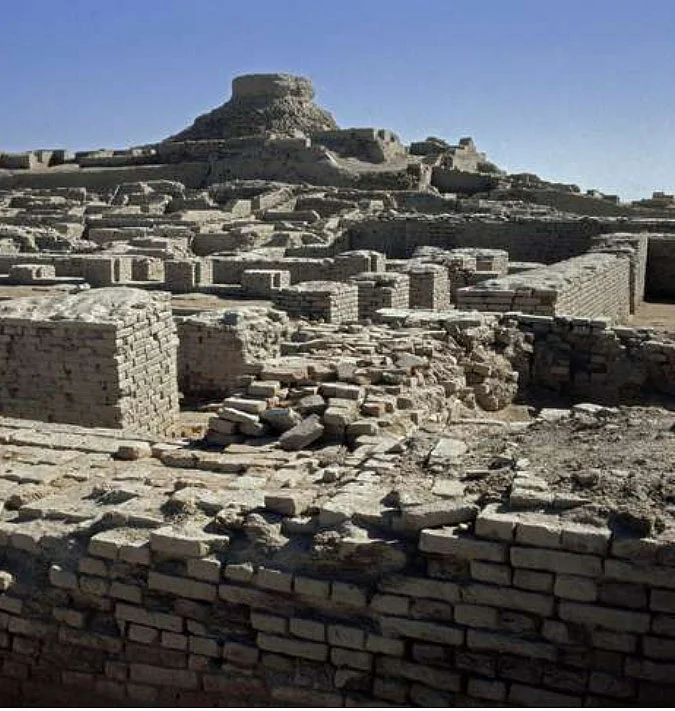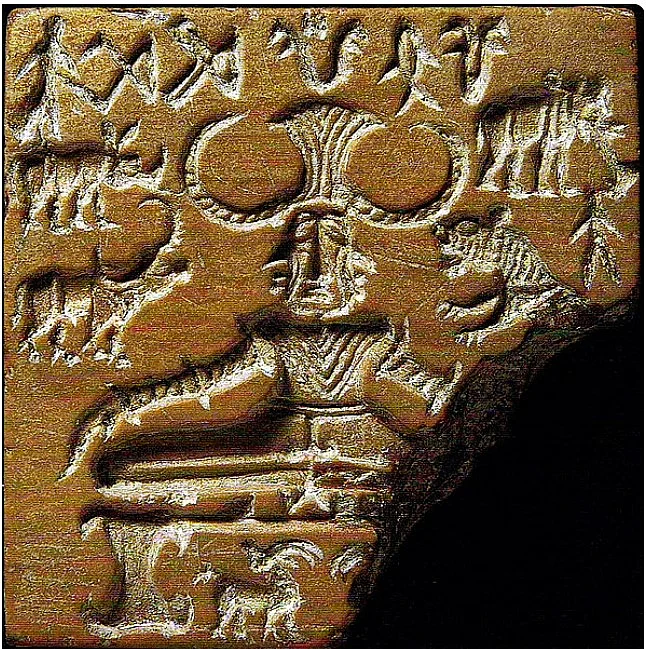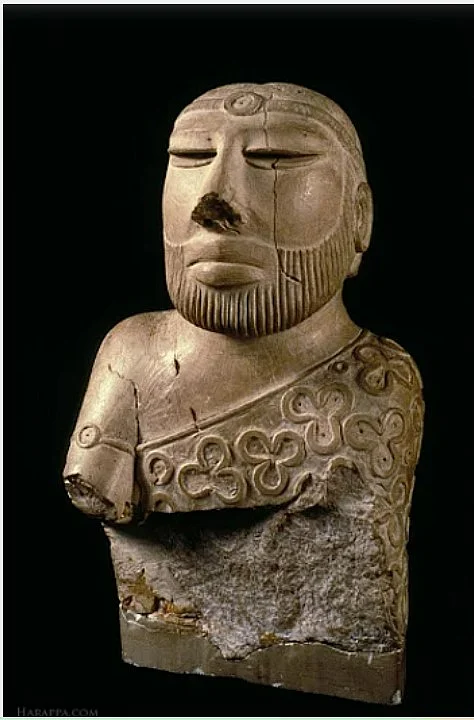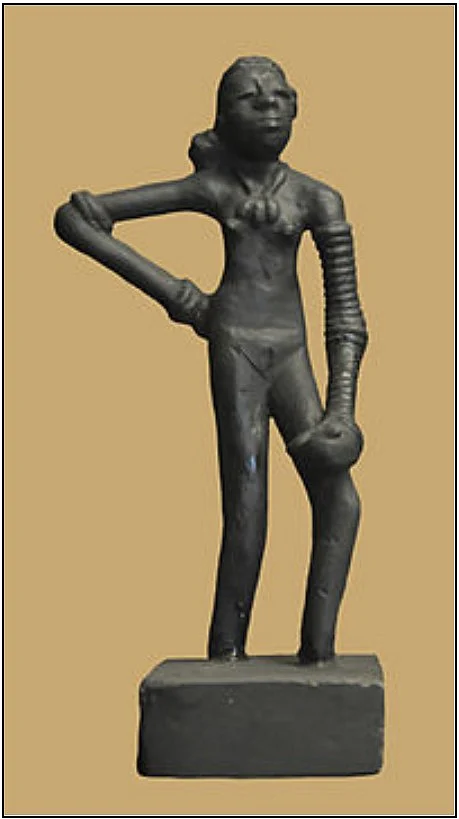Over 5000 years ago, Harappans thrived in the Indus river valley – present Pakistan, East Afghanistan, and Northwest India. They had sophisticated cities, hi-tech roads, water supply, drainage, swimming pools, and an advanced culture.
But...
All of a sudden, they abandoned their cities and disappeared forever. No one knows why or where. All we have are nearly 500 sites of ruins, first discovered in 1911. And now, even those ruins are under threat...
In the third episode of The Quint's new series 'India Unsolved', we explore the theories behind the sudden disappearance of the Indus Valley Civilisation.
Theory 1: Trade Collapse
Long-distance trade was said to be the key for the Indus Valley habitants. Archaeologists unearthed remains of a dockyard like small boats and carts in Lothal, suggesting trade thrived.
Their main trade partner was Mesopotamia (present Iraq) – another advanced civilisation in the Middle East. When Mesopotamia's trade networks collapsed, it impacted the Harappans too.
Some historians believe this is why the cities collapsed. And the civilisation could not prosper again.
But...
"The evidence of sea trade and contact during the Harappan period is largely circumstantial, or derived from inferences from the Mesopotamian texts."Archeologists Bridget Allchin & Raymond Allchin (In their book 'Rise of Civilization in India and Pakistan')
Theory 2: Invaders
Studies say that there was no evidence of monarchy. And people were, in all likelihood, governed by an elected body. Further, excavators found no sign of warfare or weapons.
British archaeologist Mortimer Wheeler claimed that the Aryans conquered the Indus Valley civilisation.
But...
But there's no concrete evidence of any war or mass murder either. Some archaeologists are convinced natural disasters played a key role in its disappearance. Invaders reportedly came in much later.
We can't say that they disappeared entirely due to climate. At the same time, the Indo-Aryan culture was arriving in the region with Iron Age tools, horses and carts. But it's very likely that the winter monsoon played a role.Liviu Giosan, Geologist, Woods Hole Oceanographic Institution
Theory 3: Climate Change
Studies majorly hint at a three-prong climate catastrophe:
Change in weather patterns led to weakening monsoons, droughts, deforestation.
A possible tectonic shift caused the Indus river to flood and change direction, impacting cities on its banks.
The Ghagger Hakra river dried up, adding to the disaster.
Agriculture collapsed, economy broke down, people starved and were forced to migrate. But they left no trace... In all likelihood, they relocated in smaller groups.
"We don't know whether Harappan caravans moved toward the foothills in a matter of months or this massive migration took place over centuries. What we do know is that when it concluded, their urban way of life ended."Liviu Giosan, Geologist, Woods Hole Oceanographic Institution
(At The Quint, we question everything. Play an active role in shaping our journalism by becoming a member today.)
